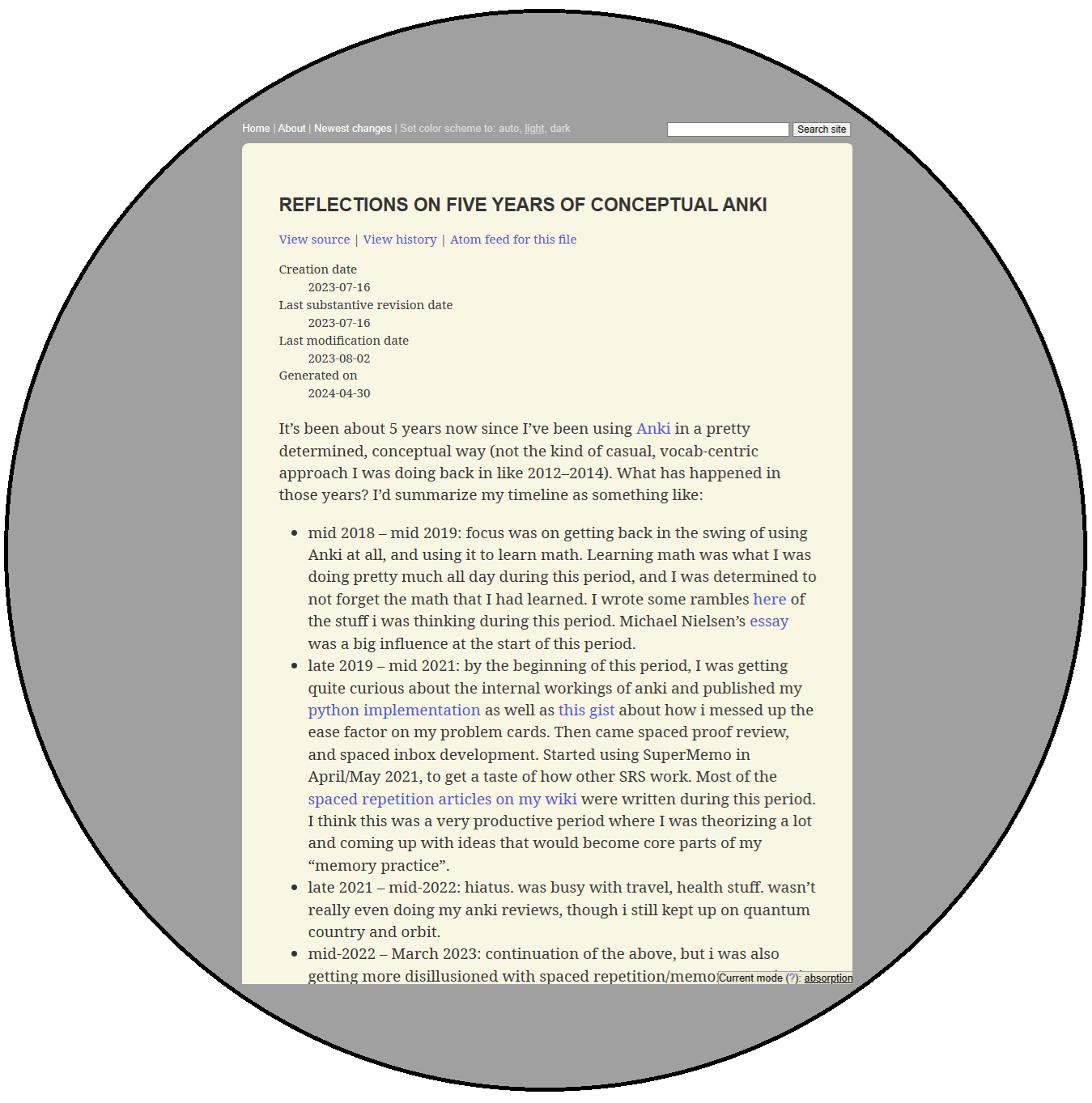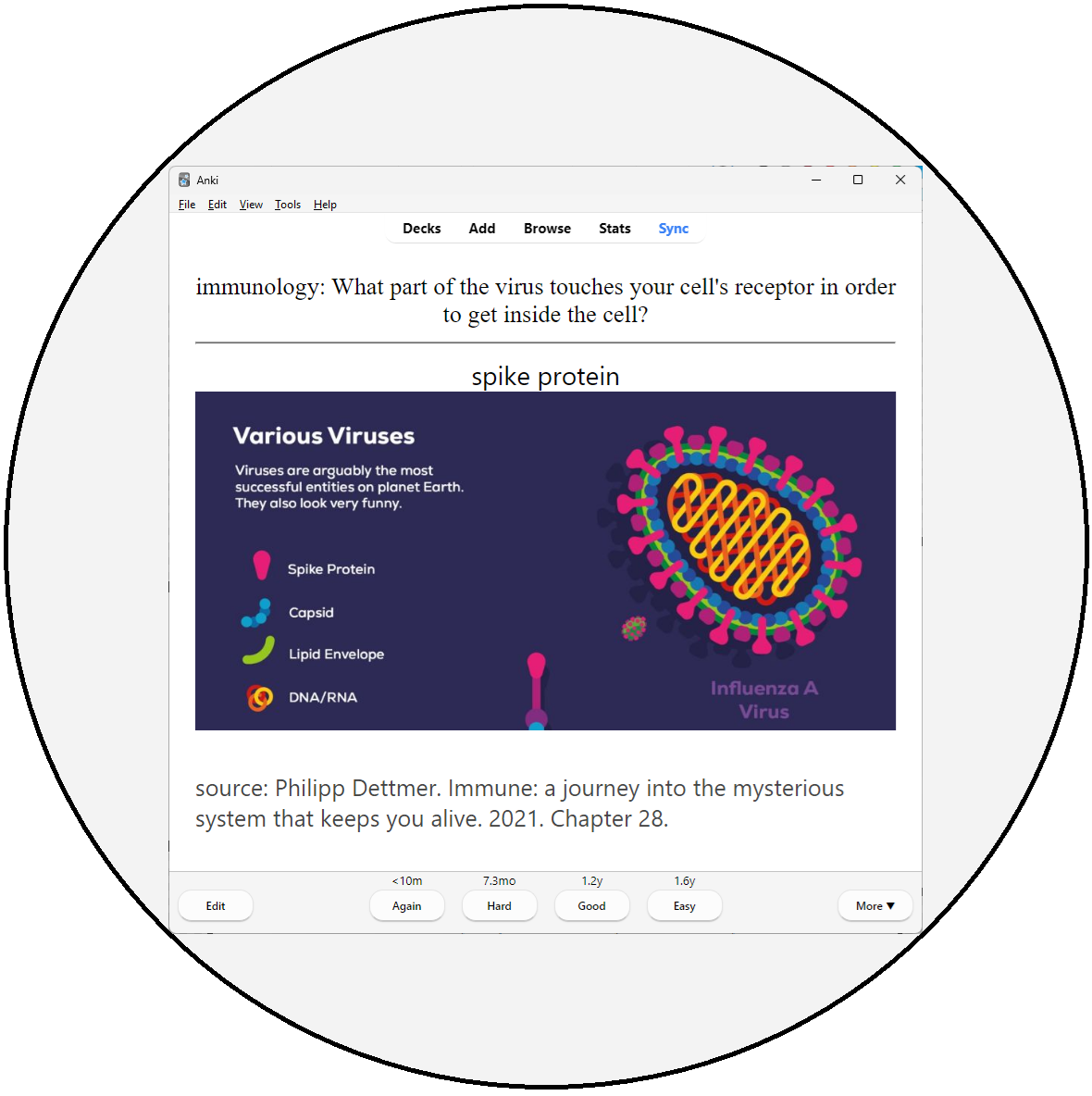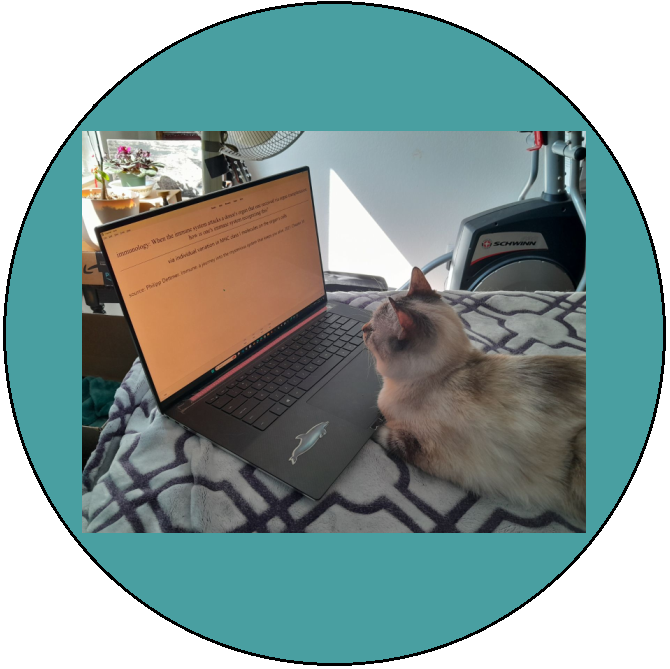Immune Book Flashcards
483 flashcards to remember immunology forever
Philipp Dettmer’s Immune: A Journey into the Mysterious System That Keeps You Alive is an excellent introduction to immunology. What makes the book so distinctive is mainly two things:
- It is utterly accessible. Even children would be able to read the book and understand most of it. The author cares about the reader and wants the reader to understand immunology, and empathizes with the reader about the difficult bits. Most of the time, the book explains where terminology comes from (and often grumbles along with you about how bad a lot of the terminology is), rather than name-dropping things. Dettmer explains why each part of the immune system is amazing and interesting and worth paying attention to. Wherever it can be simple, the book tries to be simple. This is in contrast to most resources about immunology (and academic texts in general) which are some combination of an endless lifeless slog of material or a complicated inscrutable mess that tries to show off how smart the author is.
- It explains things mechanistically. The reader is not just skimming facts off the book. Rather, the reader is building a model inside their head of how things work, like being handed Lego blocks that can then be used to build new structures. This means that at the end of the book, the reader can not only regurgitate facts from the book, but they can also ask new questions about immunology, propose new hypotheses, apply the knowledge to their daily life, and more!
We (the creators of this website) liked the book so much that we decided to make flashcards as we read the book – the book contains a lot of terminology and details and it felt worth remembering a good fraction of the details. This turned out to be a great idea since the details presented in early parts of the book end up being important in later chapters as well, so having a solid grasp of the earlier chapters helps to understand the later chapters. The flashcards allowed us to almost effortlessly retain the contents of the book and also go on to learn more immunology and about health more broadly. Now we want to share those same cards with you, for free.
Unfortunately because the Immune book is copyrighted, you will have to bring your own copy of the book. But assuming you have a copy, you can collect the cards on this website as you read along. Start at the very beginning of the book. Read one chapter at a time (make sure to read the entire chapter including any asides that appear at the end of a chapter), and each time you finish a chapter, come to this site (or go to Anki, if you chose to download the deck) and review the cards corresponding to that chapter. In this way, you have a read → review loop that will help you to internalize the material better as you read it for the first time. And because these are flashcards plugged into a spaced repetition system, you will also be able to retain your knowledge long-term!
Feature highlights

Follows best-practices
The cards follow current best practices for prompts as explained in e.g. Andy Matuschak’s prompt-writing guide. One of us (Issa) has about 5 years of serious Anki prompt-writing experience.

Hand-crafted
These flashcards are not low-effort cloze deletions or ChatGPT-generated. Each card was written by hand and then the two of us discussed it to optimize the wording.

Battle-tested
We made all the cards in the period from July to November 2023. We then used the cards ourselves for months, finding and fixing bad wording, errors in the book, and typos, as well as adding more cards where we thought that was needed. The final cards that you see here on this site have been refined in this way over the course of 5–9 months.